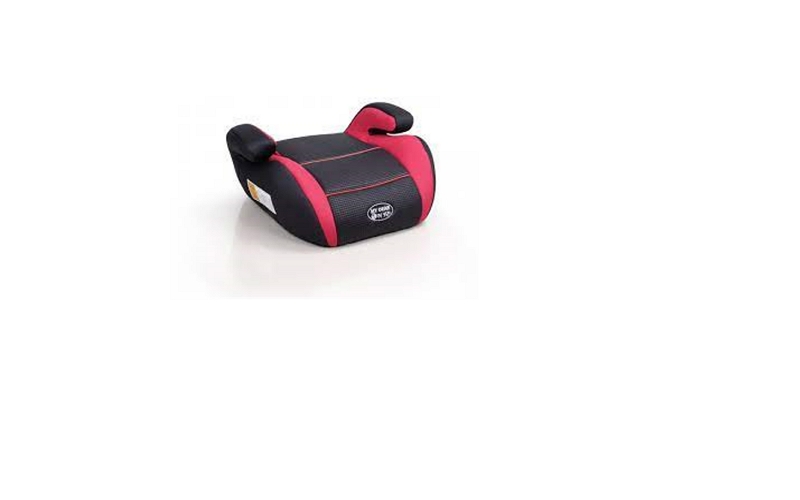Does a 7 year old need a booster seat? The American Academy of Pediatrics recommends that children use a safety seat until they are 37 inches tall, usually around age eight. This height can vary depending on the child’s weight and build so it is important to check with your paediatrician or car seat technician for specific recommendations when purchasing a booster seat.
They recommend using rear-facing seats until the child outgrows its limits (height/weight). Once forward-facing, experts suggest keeping in this mode for as long as possible since there are fewer injuries than in front collisions.

Your doctor may also provide you with an alternative strap if needed during their visit which will be required by law at all times while travelling in either direction after July 26th 2011. If the belt does not fit properly into the seat, it is the responsibility of the driver to adjust them before driving.
How long should a child be in a booster seat?
A child should be in a booster seat until they are four feet nine inches tall. After that, the adult belt system is used. Booster seats do not need to be replaced when your children grow up; you can use them for other kids in the family as well. If needed, it is possible to purchase an extra-base for more than one vehicle so there will always be one available if someone needs to borrow it or take another car somewhere else.
These bases also fit convertible and toddler/transitional seats so they can all work together! The market has many different brands of boosters on offer with various features but even without any additional bells and whistles, these products still serve their function perfectly fine – just make sure that you invest in quality and purchase a well-known brand.
Is there such as thing as too old to be in a car seat?
Yes, according to the National Child Passenger Safety Board. The organization recommends that children are five years or younger before they can sit without an adult’s help. A new study suggests that putting kids on this timeline is not enough for optimal safety.
Researchers found out of more than 300 cases reported between 2008 and 2014 where at least one child was injured while using a booster seat, half of them involved older children who were still required by law to use boosters even though their bodies may have matured overtime beyond the age limit set up by state laws which require booster seats until passengers reach 40 pounds or four feet nine inches tall (whichever comes first).
These injuries are often minor, but the researchers are concerned about child obesity rates in recent years.
How do you pack a Booster Seat?
Booster seats are used by children who have outgrown their car seats but still need a booster to sit safely in the vehicle. The American Academy of Pediatrics recommends that children stay in this type of restraint until they are at least 40 pounds and around four years old.
They also recommend using a five-point harness for as long as possible, up until 80 pounds. This is because it provides better protection than the lap belt only often found on boosters or child safety seats with shields (AAP). Should you use one? As always, check with your paediatrician beforehand to make sure they’re right for your child!
When can a booster seat be used?
Booster seats can only be used when the child is 40 to 100 lbs. and still not able to sit in a car seat without assistance from an adult or older sibling.
This means that booster seats will usually need to be removed by age six, especially if your child is tall enough for her head to touch the top of the vehicle’s interior (it may even bump it). Since most kids don’t stop growing until about age 12, you’ll probably want them using a belt-positioning booster seat through their teenage years as well.
Where do you put a booster?
A booster should be placed on the top of your car’s trunk. You can buy a kit that comes with all you need or opt for individual items like the safety triangle, first aid kit and spare bulbs.
Make sure to check whether any other local requirements are in place before installing it. This might include fire extinguisher refilling every six months, replacement of flares if they’re over ten years old etcetera.
In case there is no specific requirement from authorities at the spot where you put up your emergency signal device then try to use them as per the manufacturer’s instructions as mentioned in the manual which will give the most updated information about the material used and how long it lasts under normal conditions without being exposed to elements such as rainwater which may affect its lifespan.
Are child restraints required in public transport?
Yes, baby carriers used as baby strollers are not allowed to use by children under one-year-old while using public utility vehicles such as jeepneys, buses and taxis because all passengers of these types of transportation have equal right of way inside the vehicle.
On top of that, it is very dangerous if infants are being transported this way considering how overcrowded some routes can get especially during rush hour traffic. If you would like to transport your infant, you can use a baby carrier and attach it to the handle or front seat of the jeepney.
Children over one year old must be secured by their own child restraint system is available in public utility vehicles such as buses, taxis and jeepneys. They should also not sit on any part of the vehicle’s roof where they will block vision for other drivers especially at night time when there is bad visibility due to headlights from incoming cars.
